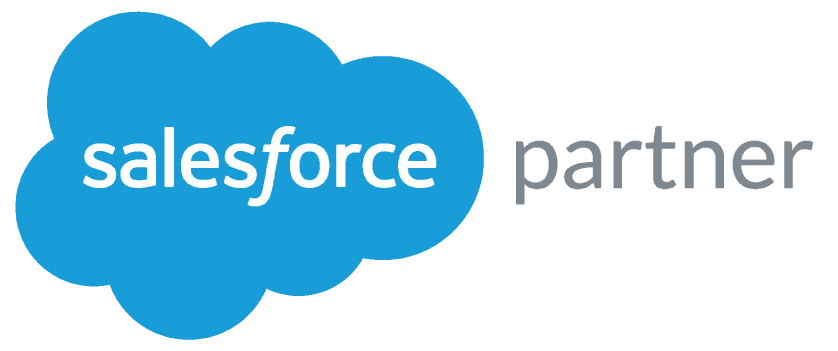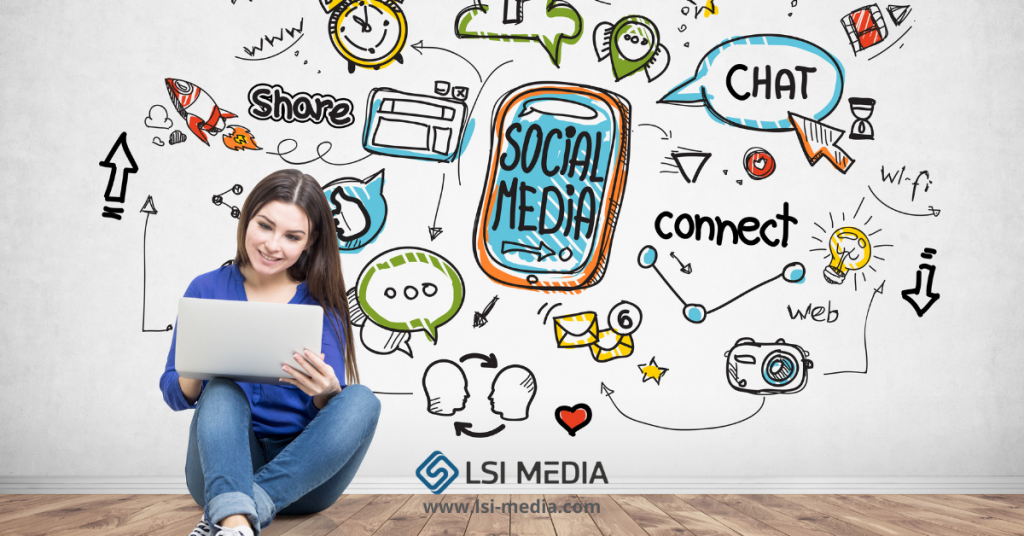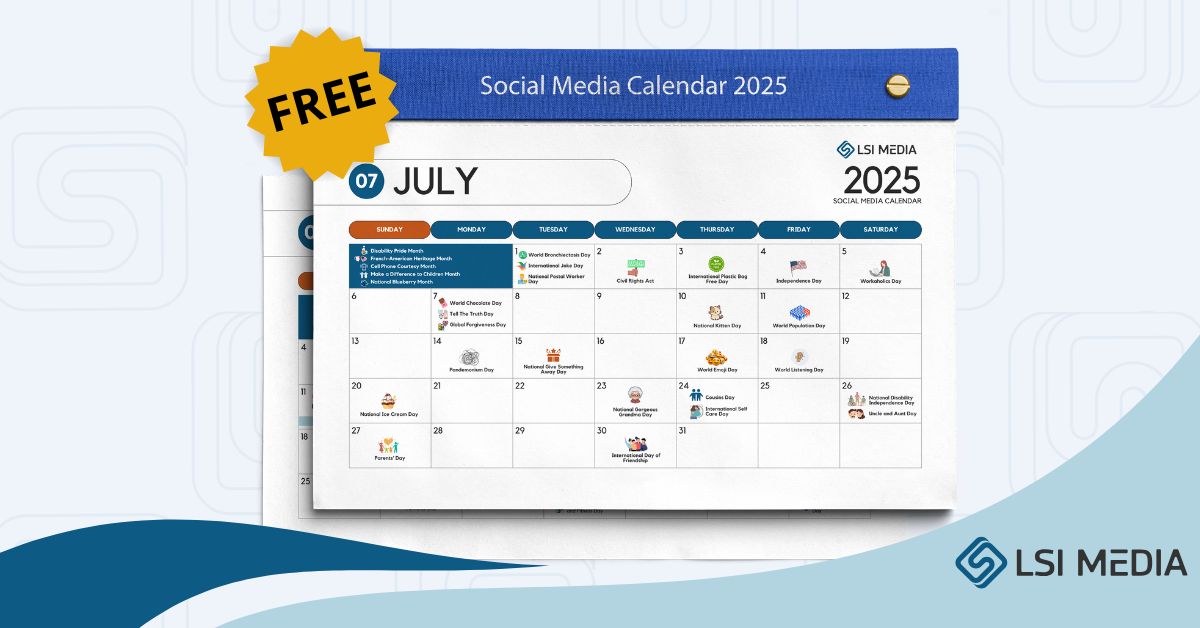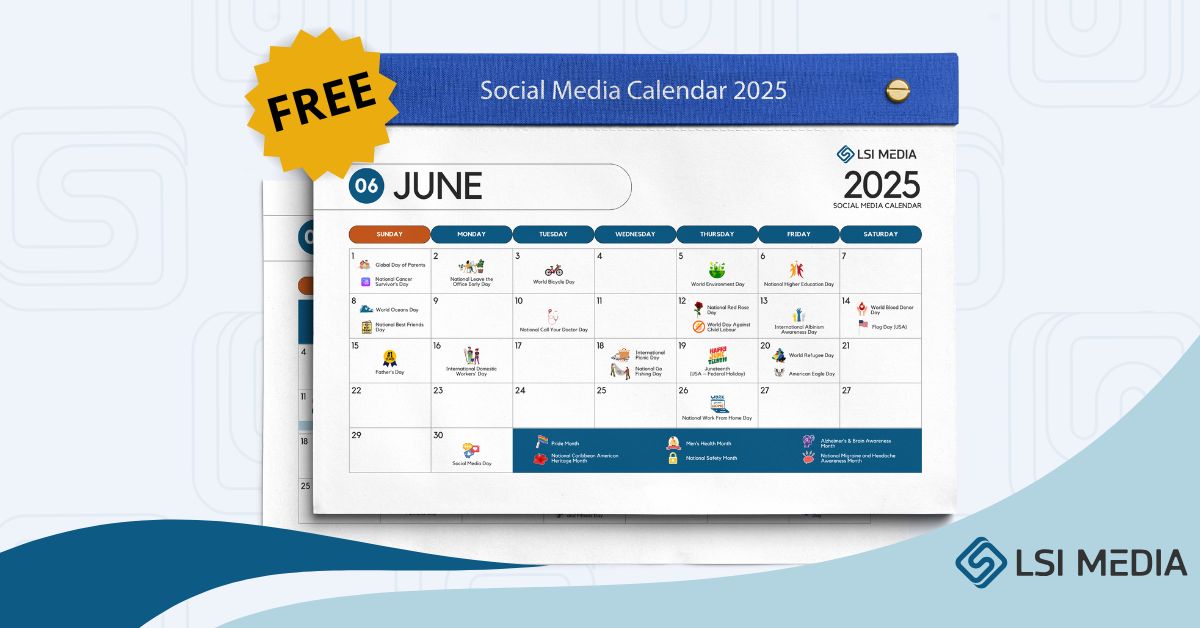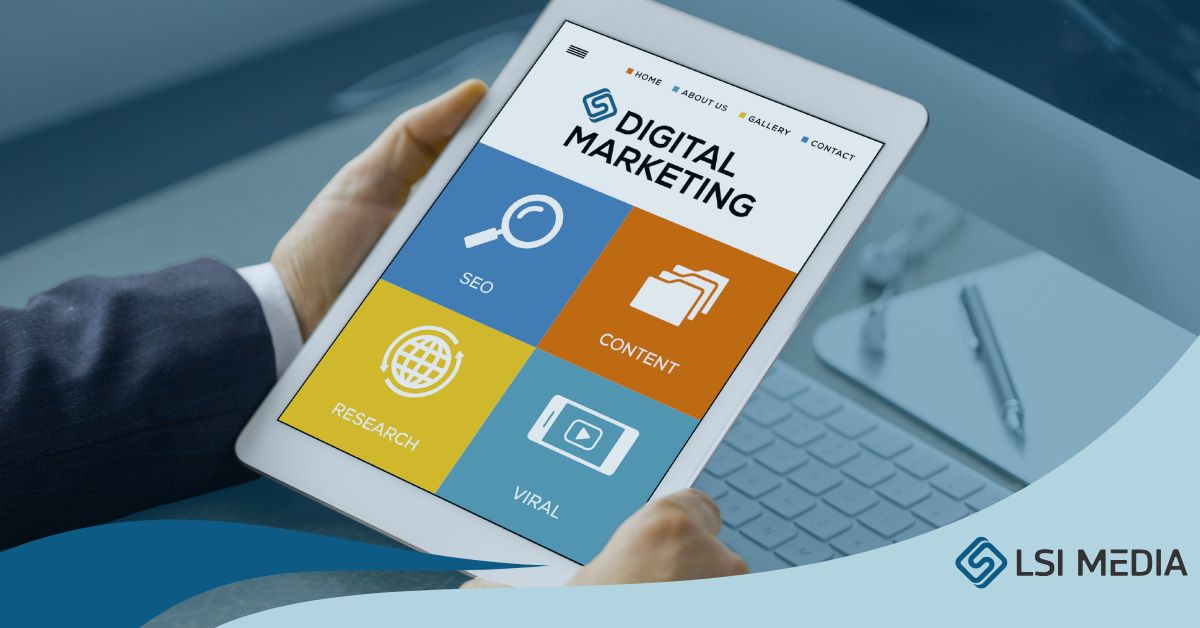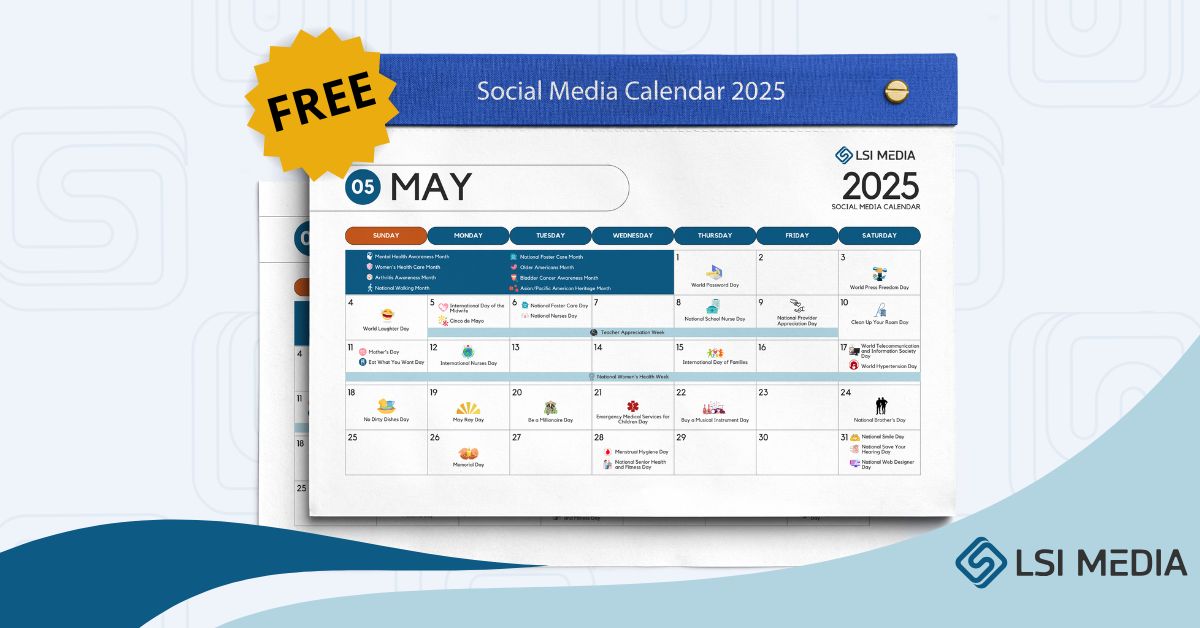[ez-toc]
Social Media Pros and Cons You Need to Know
The world today is heavily influenced by social media. While it offers advantages such as connecting people from all over the world and promoting brand awareness, it also has its share of disadvantages, creating a list of social media pros and cons. Social media is a powerful tool for communication and marketing, allowing people and businesses to interact with their target audience on a more personal level.
However, it can also be a source of misinformation, cyberbullying, addiction, and exposure to inappropriate content. Social media platforms like Facebook, Twitter, and Instagram have faced criticisms for their lack of privacy and security, which has led to user data breaches and hacking incidents. Although social media provides a range of benefits, it is important to be aware of its pros and cons and use it responsibly.
Social Media has altered the landscape of education, communication, and business significantly. It is enabling unprecedented levels social interaction and community building. This is across boundaries of time, place and social context.
No wonder, businesses leverage all possible channels to achieve the following.
- to build brand awareness
- increase their sales
- make their online presence felt
Conceptualize your digital marketing strategy for 2021. Take full advantage of these various forms of social media.
-LSi Media
What is Social Media Used For?
Types of Social Media
- Social Networking
- Photo Sharing
- Video Sharing
- Interactive Media
- Blogging/Community Building
Social Networking
-
Examples of Major Platforms
-
Facebook: 2.6 billion monthly active users
-
Twitter: 166 million daily active users
-
LinkedIn: 160 million users in the U.S. alone
-
Social networking is possibly the most traditional form of social media.
Platforms like Facebook, Twitter, and LinkedIn are often called “networking” platforms. They allow user accounts to interact with each other in a variety of different ways.
Professional Uses
A Twitter account could be helpful to companies in a wide spectrum of industries. This can be from entertainment to e-commerce. This platform allows you to create a profile. You can list and link company information.
You can then use Twitter for the following;
-
to post about company updates
-
tag companies or customers in posts
-
retweet positive customer tweets
-
respond to customer questions via tweet or direct messages
-
you can also post content like photos or videos like Facebook
Pros and Cons
Pros
-
Facebook, Twitter, and LinkedIn are some of the most prominent used social media.
-
All platforms have capabilities for photo and video.
Cons
- Those interested in posting links may have a harder time getting engagement than those uploading photos and videos.
- Some platforms, like Facebook, put individual user posts higher than business posts in newsfeeds.
-
Examples of Major Platforms
-
Instagram: 1 billion monthly active users
-
Pinterest: 367 million monthly active users
-
Instagram offers a visual feed with posts showing photos and short videos. Followed by a caption. Users can also post a live video or create Instagram Stories that disappear after one day. Users can interact with others through tags, likes, comments, or direct messages.
Professional Uses
This platform would be helpful to companies like restaurants or stores. They can photograph, display and update followers about their food, goods, or products.
Instagram has become a home to influencer marketing. As 93% of influencer campaigns took place on the platform in 2018. It also offers opportunities for advertising and eCommerce. It is because of its highly visual layout.
Instagram emphasizes visuals and doesn’t allow link sharing directly in posts. Basic users on Instagram can only share links in their bio. Verified users, or accounts with over 10,000 followers, can post links in their Stories. Basic users have minimal linking options. Instagram has tried to make the platform even more friendly for eCommerce businesses. This is possible with the addition of Shoppable posts.
Here’s a great guide that demonstrates what it takes to gain followers on Instagram.
Pros and Cons
Pros
-
Platforms like Instagram help with brand awareness. Approximately 60% of people say they’ve learned about products or services on Instagram.
-
Pinterest and Instagram provide an outlet for showing off visual content or product shots.
Cons
- Upkeep on these platforms might require a photo budget or dedicated production time.
- Some platforms, like Instagram, require you to post from a mobile app.
Video Sharing
1. Examples of Major Platforms
-
YouTube: Over 2 billion monthly active users
-
Vimeo: 240 million monthly viewers
Professional Uses
Pros and Cons
Pros
-
Videos can be longer than on other social platforms.
-
Both platforms have website linking capabilities.
- The content might take more time and money to create.
- These platforms require more backend tasks like SEO.
-
Examples of Major Platforms
-
Snapchat: 229 daily active users
-
TikTok: 100 million monthly active users in the U.S. alone
Professional Uses
Pros and Cons
Pros
-
These platforms are very creative and experimental.
-
They have young audiences, which can help brands better target Gen-Z.
-
Stories can be used to give your following a behind-the-scenes look at your brand.
Cons
- Producing regular content could be expensive and time-consuming.
- Business accounts aren’t promoted up-front on the Snapchat interface. You may want to promote your channel on your website or other social channels. Users will need to search for you with your Snapcode or username.
- Snapchat and TikTok are limited to mobile and aren’t as easy to use.
1. Examples of Major Platforms
-
Tumblr
-
Reddit
Pros and Cons
Pros
-
Both platforms allow you to share text posts, photos, and videos. These can be about your business, brand, or individual thoughts.
-
These platforms enable you to start conversations about a topic.
-
Both platforms allow linking to outside websites.
Cons
-
Longer blog posts might take time to craft or write.
-
Getting downvoted on Reddit or no reaction from Tumblr users means your posts may go unseen.
-
Your audience might be too niche or limited to just those on the specific platform you use.
-
-
How much time do you have to devote to strategizing around a social platform?
-
Do you have resources for creating graphics or videos?
-
Do your goals involve boosting brand awareness, or traffic and revenue?
-
Will you need more staff members to run this platform, or will it be easy to maintain?
-
Once you’re on a platform or two, be sure to stay in the know of how it’s changing and what marketers are doing.
-
Social Media is the best source for one’s business to reach their target audience. It is important to know its features. It can also be helpful to be familiar with the pros and cons of these platforms.
In Conclusion
Social media comes with both pros and cons that need to be considered. On one hand, it allows us to easily connect with friends and family, share our thoughts and experiences, and stay updated with the latest news and trends. It also provides a platform for businesses to promote their products and reach a wider audience. However, social media can also have negative effects.
It can lead to addiction, privacy invasion, cyberbullying, and a decrease in face-to-face interactions. It can also contribute to a lack of authenticity and self-esteem issues as people often portray a filtered and curated version of their lives.
While social media offers many advantages, it is crucial to use it mindfully and be aware of its potential drawbacks. By understanding the pros and cons, individuals can navigate the digital landscape more effectively and make informed decisions about their online presence.
FAQs:
1. What are the advantages of using social media?
Social media offers numerous benefits, including enhanced communication and connectivity, increased brand exposure, access to a wider audience, and opportunities for networking and collaboration. By engaging with social media platforms, individuals and businesses can easily share information, ideas, and updates in real time.
2. What are the disadvantages of using social media?
While social media has its advantages, it also comes with a set of drawbacks. Some of the common disadvantages include the potential for online harassment and cyberbullying, invasion of privacy, risk of addiction, and the spread of misinformation. It is essential to be mindful of these issues and take appropriate measures to protect oneself.
3. How can businesses benefit from using social media?
Social media provides businesses with a powerful platform to engage with their target audience, build brand awareness, and drive traffic to their websites. It allows companies to promote their products or services, gather customer feedback, and create targeted advertising campaigns. Social media can significantly contribute to business growth and success when used effectively.
4. Are there any potential risks for businesses on social media?
Yes, there are certain risks that businesses should be aware of when using social media. These include negative customer reviews or feedback going viral, public relations crises, unauthorized disclosure of confidential information, and the loss of control over brand messaging. Implementing social media policies and monitoring online conversations can help mitigate these risks.
5. How does social media impact personal relationships?
Social media has revolutionized the way we connect and communicate with others. It enables individuals to stay in touch with friends and family, share life updates, and engage in meaningful conversations. However, excessive reliance on social media can also lead to decreased face-to-face interactions and the potential for superficial relationships.
6. Is social media addiction a real concern?
Yes, social media addiction is a real concern. The constant need for validation, fear of missing out (FOMO), and the addictive nature of scrolling through news feeds can lead to excessive use and dependency on social media platforms. This addiction can negatively impact mental health and overall well-being. It is important to maintain a healthy balance and set limits on social media usage.

